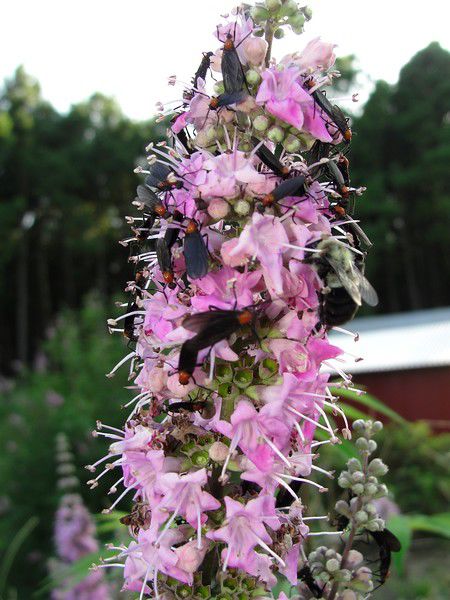‘Love bugs’ are a nuisance of which there is no good cure
Published 8:00 pm Wednesday, August 23, 2017
GREG GRANT, Texas A&M AgriLife Extension Service
When mowing on the tractor at the farm two weekends ago, I estimated a love bug in the air every 24 inches. While riding the tractor most of last Saturday, my guess was one every 6 inches! They were almost “Biblical” in numbers. The air literally pulsed with them. I’m pretty sure I ate some. They even kept clogging my sprayer. My old farmhouse porch was covered with them, repeatedly. A good number made it inside the house with me. Several sat on my arm watching while I posted about them on Facebook. If you’ve done much driving lately, I’m sure you experience a windshield eclipse because of them. Who the heck are these guys and where did they come from?
Trending
If you are new to the South or just walked outdoors for the first time in your life, these are “love bugs.” Love bugs are native to South America, but like armadillos, migrated northward to Texas through Mexico. They were first documented in the U.S. in Galveston in the 1940s and have since spread across the South, up to South Carolina. I noticed they are even called “Florida love bugs” on the internet. The reason they are known as “love bugs” is obvious, since almost every one (two actually) you see is in the process of mating.
These little guys are actually true flies. Two flights of love bugs occur each year, both timed with rains. Flights extend over a period of four to five weeks, but individual adults live only two to three days (some say five). Mating takes place almost immediately after emergence.
Female love bugs lay from 100 to 350 eggs. Their larvae (immature stages) feed on decaying plant material, particularly in damp areas. They perform a beneficial function by helping recycle organic matter. After the larvae mature, they pupate at the soil surface.
Love bugs do not sting or bite. They feed on the nectar of various flowers. Adult flights are restricted to daylight hours and warm temperatures. The adults tend to congregate in open, sunny areas, and are attracted to certain components of car exhaust. They also seem to be attracted to light colors (like my white porch). At night, love bugs rest on low-growing vegetation.
Because of natural population cycles, massive outbreaks do not occur every year. When they first begin to emerge, there are just a few present, but they rapidly increase to a peak in about two weeks and then begin to decline. Love bugs are considered a nuisance (and then some), especially to motorists and those who enjoy being outdoors.
Certain insecticides are effective in controlling love bugs, but using them is impractical when populations are high because the adults are so short-lived and occur over a large area. Unfortunately, when such outbreaks occur, we are forced to endure and wait (or spit) them out.
Trending
Greg Grant is the Smith County horticulturist for the Texas A&M AgriLife Extension Service. You can follow him on Facebook at “Greg Grant Gardens,” read his “Greg’s Ramblings” blog at arborgate.com or read his “In Greg’s Garden” in each issue of Texas Gardener magazine (texasgardener.com). For more information on local educational programming, go tosmith.agrilife.org.





